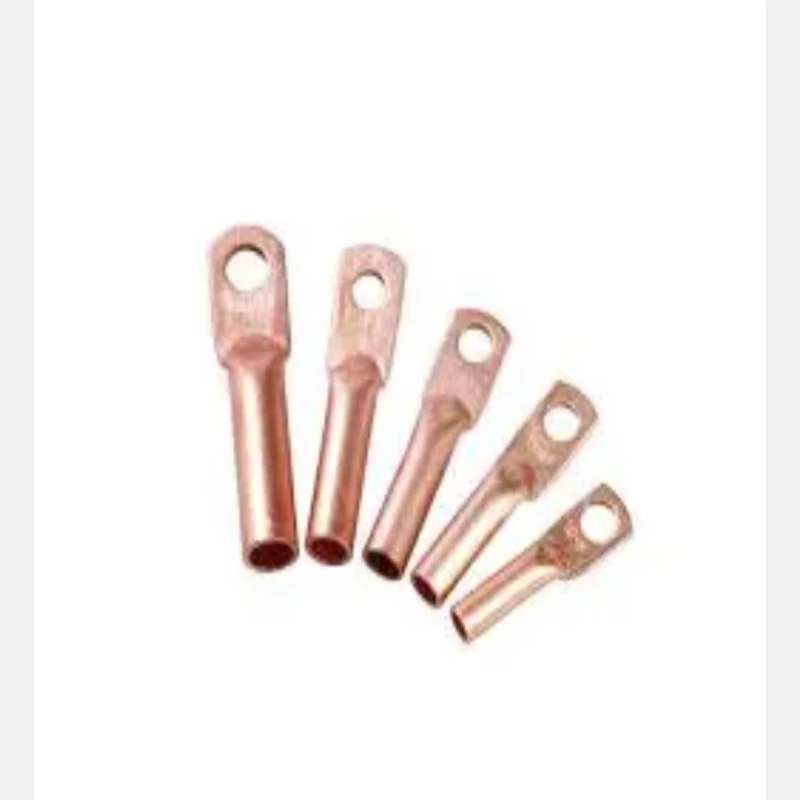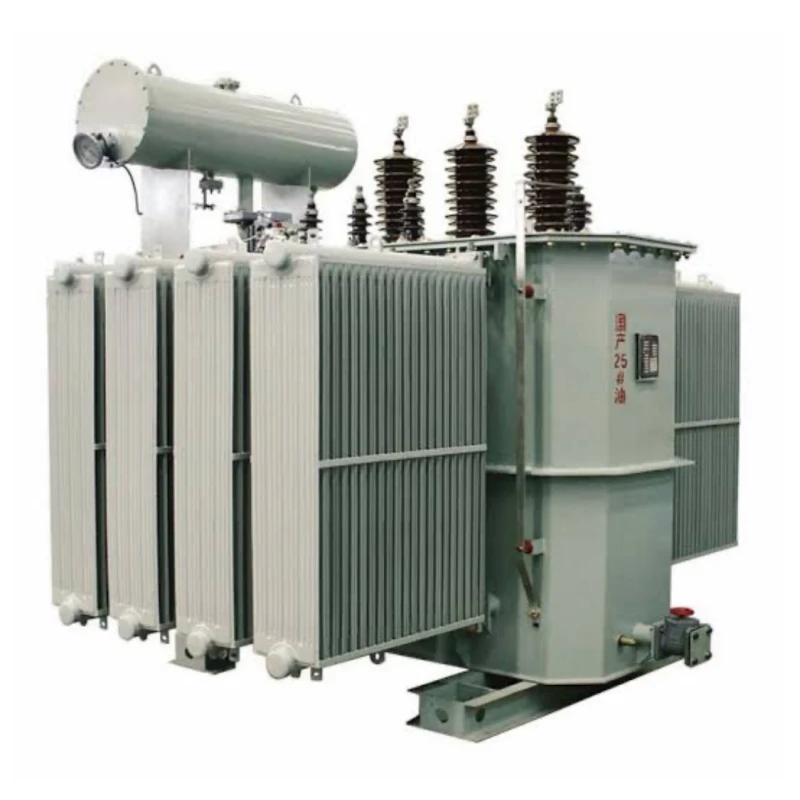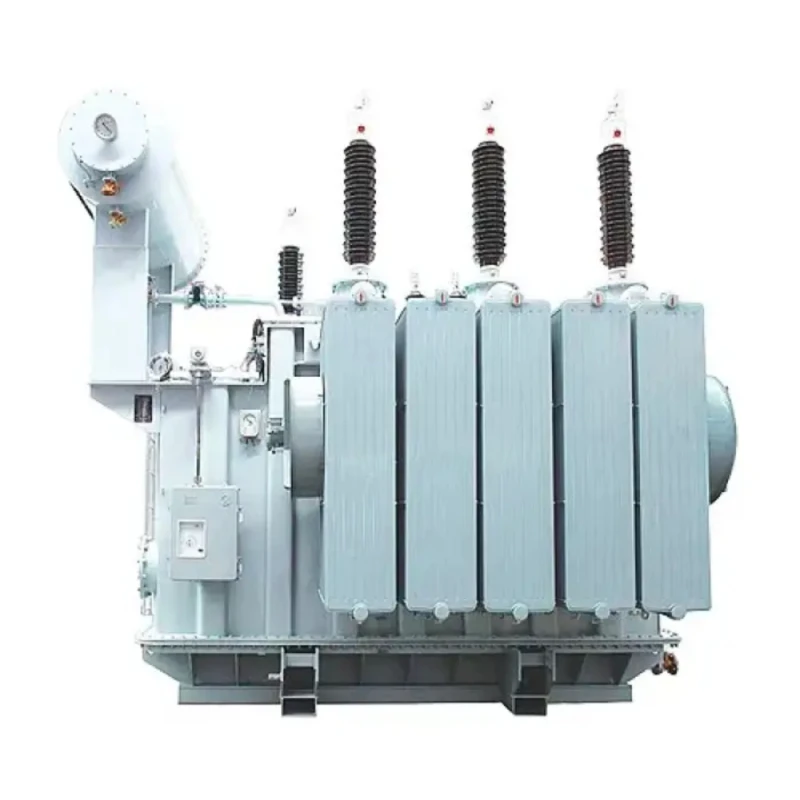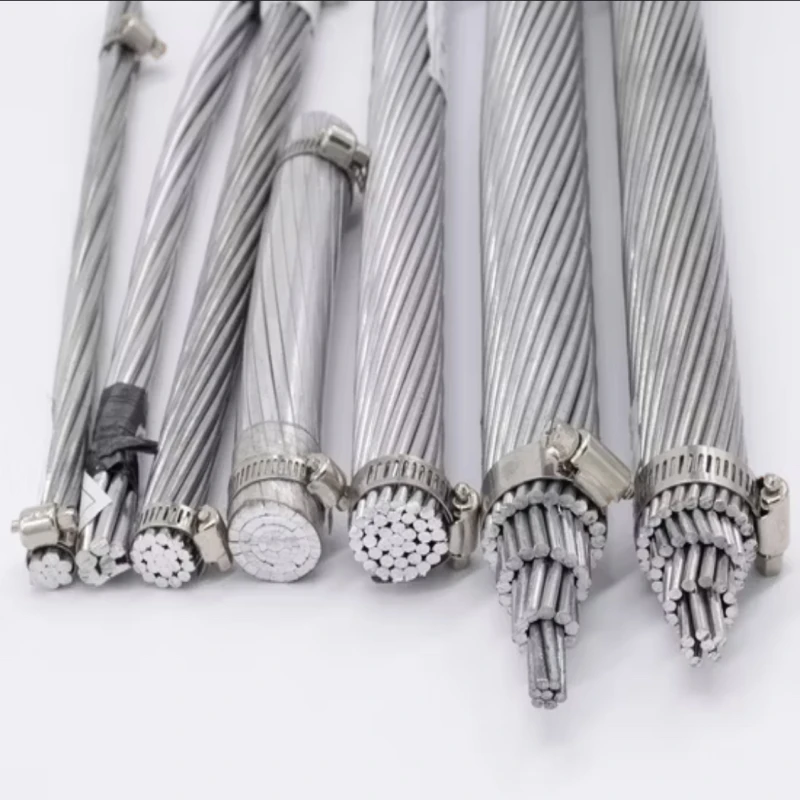-
These are typically used for terminating cables with a bolt or screw connection, often found in power distribution and electrical panels.
-
These can be screw terminals, spring clamp terminals, or other types, providing a secure connection for wires or cables within electrical equipment.
-
These are designed to be crimped onto the cable end, creating a permanent and reliable connection.
-
These connectors are designed for joining different types of metals, such as aluminum and copper, often used in power transmission applications.
-
Connectors can be made of copper, aluminum, or other materials, depending on the application and conductivity requirements.
-
Different connectors use various methods like crimping, screw connections, or spring clamping to secure the cable.
-
Some connectors, especially those used in outdoor or harsh environments, may have special features like waterproofing or corrosion resistance.
-
The dimensions of the connector, including the cable entry size and the size of the termination point, must be compatible with the cable being used.
-
The specific application, such as power transmission, signal connection, or grounding, will determine the type of connector needed.
-
These are low voltage cable lugs designed for crimping and terminating 150sqmm copper conductors.
-
These are used for terminating and connecting cables, with a focus on conductivity and corrosion resistance.
-
These are used for extending or connecting LED strip lights or other low-voltage applications.

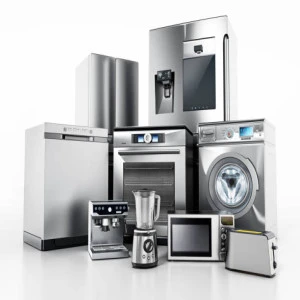 APPLIANCES
APPLIANCES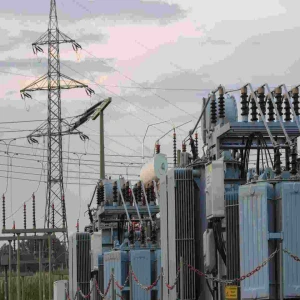 ELECTRIC AND POWER
ELECTRIC AND POWER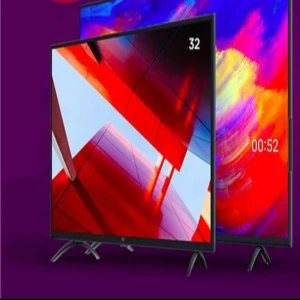 ELECTRONICS
ELECTRONICS FOOD
FOOD GADGETS
GADGETS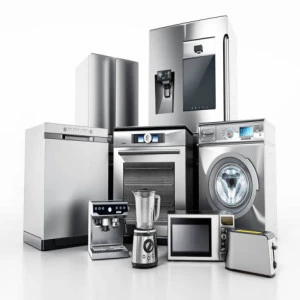 KITCHEN
KITCHEN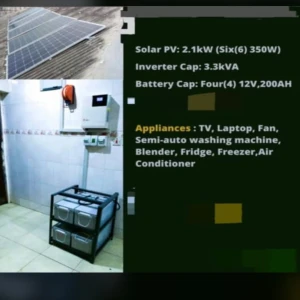 SOLAR SOLUTIONS
SOLAR SOLUTIONS